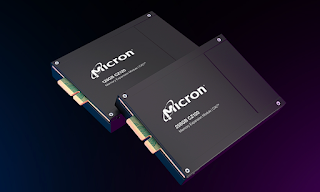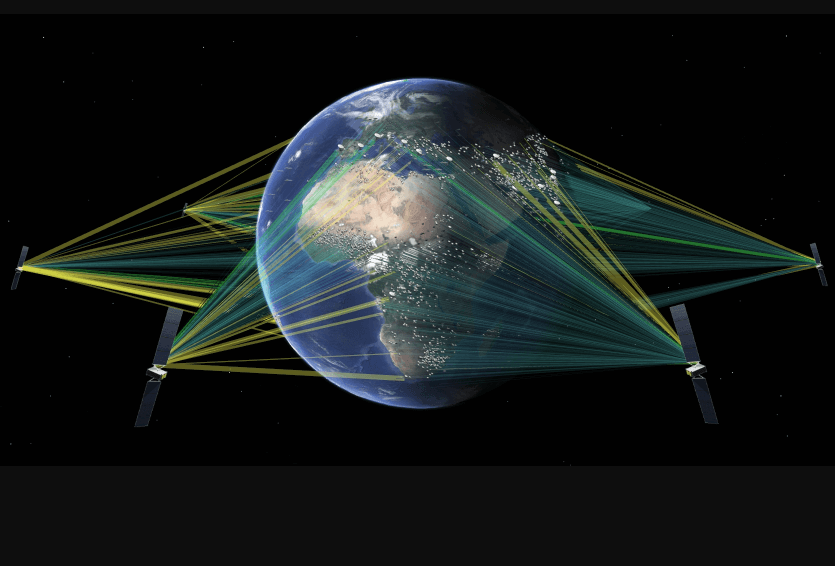AWS segment sales increased 17% year-over-year to $25.0 billion. Amazon's quarterly financial report also reveals that AWS segment operating income for Q1 2024 was $9.4 billion, compared with operating income of $5.1 billion in first quarter 2023.
“It was a good start to the year across the business, and you can see that in both our customer experience improvements and financial results,” said Andy Jassy, Amazon President and CEO. “The combination of companies renewing their infrastructure modernization efforts and the appeal of AWS’s AI capabilities is reaccelerating AWS’s growth rate (now at a $100 billion annual revenue run rate)."
Some operational updates for AWS:
- Siemens is integrating Amazon Bedrock into its low-code development platform Mendix to allow thousands of companies across multiple industries to create and upgrade applications with the power of generative AI.
- Philips is using AWS HealthImaging and Amazon Bedrock to scale digital pathology, helping labs and healthcare organizations improve diagnostics, increase productivity, accelerate research, and address complex medical cases, like cancer care.
- Accenture and Anthropic are collaborating with AWS to help organizations—especially those in highly-regulated industries like healthcare, public sector, banking, and insurance—responsibly adopt and scale generative AI technology with Amazon Bedrock. This collaboration will help organizations like the District of Columbia Department of Health speed innovation, improve customer service, and improve productivity, while keeping data private and secure.
- BT Group, a multinational communications company, provided Amazon Q Developer to 1,200 of its engineers, generating more than 100,000 lines of code in its first four months and automating approximately 12% of the repetitive and time-consuming work done by software engineers using the platform.
- During Q1, AWS disclosed plans to launch new infrastructure Regions in the Kingdom of Saudi Arabia and in Mexico, which will give developers, startups, entrepreneurs, and enterprises greater choice for running their applications and serving end users. As part of AWS’s long-term commitment, it is planning to invest more than $5.3 billion in the Kingdom of Saudi Arabia and more than $5 billion in Mexico over the next several years.
- A planned investment of $10 billion to build two data center complexes in Mississippi. This investment, which is the single largest capital investment in the state’s history, will create at least 1,000 jobs and support new educational trainings in the state.
- The general availability of new AWS Local Zones in Atlanta, Chicago, and Houston. In Atlanta, AWS Local Zones support EC2 P5 instances, which deliver the highest performance for deep learning and high-performance computing applications.
- Announced that AWS began waiving charges for data transfer out to the internet (DTO) to give customers choice if they want to migrate their data outside of AWS. The waiver on DTO charges is available to all AWS customers around the world and from any AWS Region.
https://ir.aboutamazon.com/news-release/news-release-details/2024/Amazon.com-Announces-First-Quarter-Results-68b9258cd/

















































